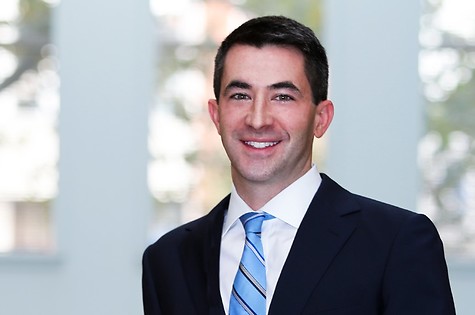Fiduciary Removal Proceedings in Connecticut
By: Philip C. Pires
The fiduciary role is essential in managing estates and trusts under Connecticut law. Executors, administrators, and trustees have a legal duty to act in the best interests of the beneficiaries and to administer the estate or trust in accordance with the law and the terms of the governing documents. However, there are situations where a fiduciary may fail to fulfill their obligations, leading beneficiaries or interested parties to seek their removal.
Grounds for Removing a Fiduciary in Connecticut
Fiduciaries in Connecticut can be removed when they fail to meet their legal obligations or otherwise act against the interests of the beneficiaries. Common grounds for removal may include:
- Breach of Fiduciary Duty or Misconduct: A fiduciary may be removed for acts such as mismanagement of assets, self-dealing, theft, fraud, or failing to follow the terms of the will or trust.
- Conflict of Interest: A fiduciary who has a personal financial interest that conflicts with their duties to the beneficiaries may be disqualified. However, not every conflict of interest will require removal.
- Incapacity or Incompetence: If a fiduciary is unable to perform their duties due to physical or mental incapacity, the Probate Court may appoint a replacement.
- Failure to Act: Inaction, such as delays in settling an estate or failing to distribute trust assets, may justify a fiduciary’s removal.
- Lack of Cooperation Between Co-Fiduciaries: If co-fiduciaries are unable to cooperate resulting in the substantial impartment of the administration of the estate or trust, the Probate Court may remove one or both the co-fiduciaries.
- “No Fault” Trustee Removal: Under the Connecticut Uniform Trust Code, a trustee may be removed if there has been a substantial change of circumstances or removal is requested by all of the beneficiaries and the Probate Court finds that removal is in the best interests of the beneficiaries, is not inconsistent with a material purpose of the trust, and a suitable co-trustee or successor trustee is available.
Process for Removing a Fiduciary in Connecticut
The removal process involves filing a petition with the appropriate Connecticut Probate Court. Here is how the process typically unfolds:
- Filing the Petition: An interested party (such as a beneficiary or co-fiduciary) files a petition with the Probate Court. The petition must outline the reasons for the removal request, including specific instances of the fiduciary’s misconduct or failure.
- Court Review and Hearing: The Probate Court will schedule a hearing on the petition. During the hearing, both sides may present evidence and testimony to support their claims. The Probate Court may hold multiple hearings on the removal petition.
- Court Decision: If the Probate Court finds sufficient evidence that the fiduciary has failed in their duties or acted against the beneficiaries' interests, it may order the fiduciary’s removal. A successor fiduciary is typically appointed to ensure the continued administration of the estate or trust.
Considerations Before Seeking Removal
The party seeking removal bears a heavy burden to obtain removal of a fiduciary, and removing a fiduciary can be a contentious and lengthy process. There are several factors to weigh before proceeding:
- Evidence: Strong, clear evidence of misconduct or failure is critical to a successful petition.
- Costs: The removal process can involve legal fees and court costs.
- Impact on Relationships: These disputes can strain family or professional relationships.
It is often advisable to seek legal counsel to determine the best approach and evaluate alternatives, such as mediation, before initiating formal removal proceedings.
Considerations for the Fiduciary Facing Potential Removal
Facing potential removal as a fiduciary can be daunting, but the fiduciary can take proactive steps to defend his or her position. The fiduciary should consult with an experienced Connecticut Probate Litigation attorney to analyze the allegations and understand the appropriate response to make. Often it will be advisable for the fiduciary facing potential removal to file a financial report or accounting with the Connecticut Probate Court to seek approval of actions the fiduciary has previously undertaken. If the claim relates to a potential contemplated action of the fiduciary, the fiduciary may also request that the Connecticut Probate Court preapprove a proposed action.
Why Work with a Connecticut Probate Litigation Attorney?
Navigating the process of removing a fiduciary requires a thorough understanding of Connecticut probate law and court procedures. At Cohen and Wolf, we have extensive experience representing beneficiaries, fiduciaries, and other interested parties in fiduciary disputes, including removal proceedings.
If you believe a fiduciary is failing to fulfill their duties or acting against your interests, or if you are a fiduciary defending against a removal petition, please contact us today to schedule a consultation. Our experienced Connecticut probate litigation attorneys can help protect your rights.
Practice Areas
Attorneys
- Principal

